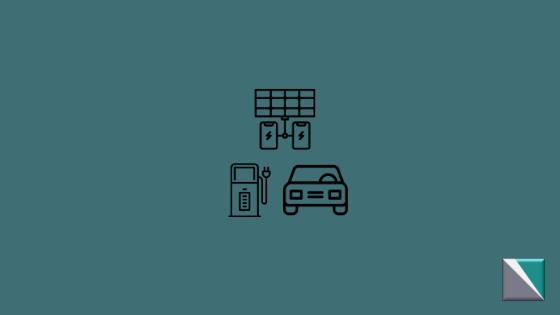
Vehicle-to-everything (V2X): Turning cars into virtual power plants
On the 5th of May 2016, the New Zealand Government announced its Electric Vehicles (EV) Programme. This programme aims at increasing the amount of EVs in New Zealand, setting their goal at approximately 64,000 EVs at the end of 2021. On the 24th of September 2018, the number of EVs on the roads in New Zealand surpassed 10,000 – the first significant milestone.
Benefits of EVs in New Zealand
The main fear that people possess when thinking of purchasing an electric vehicle is the cost attached to it and the compromise of individual mobility – however, these fears are not realistic!
Firstly, EVs are cheaper to run than petrol or diesel vehicles. Charging an EV at your residence is equivalent to purchasing petrol or diesel at 30 cents a litre – whilst petrol sits at an average of 2 dollars! The only perceived downside are the relatively higher initial purchasing prices attached to EVs. However, These prices can be off-set by the low charging prices when approached with a long-term perspective.
Secondly, people in New Zealand commute to work an average of 29km per day (urban commuters 22km per day), this distance is easily viable for an EV – even without recharging.
Finally, New Zealand’s 230-volt electricity system means every residential or commercial establishment can potentially charge an EV. The recharging of EVs from your home or business, brings us to the next topic – Vehicle-to-Everything.
Vehicle-to-Everything (V2X)
Vehicle-to-Grid (V2G), Vehicle-to-Home (V2H) and Vehicle-to-Building (V2B) are all part of V2X. Utilizing the V2X system, a bidirectional EV-charger is necessary. A bidirectional charger is the opposite of a unidirectional charger, and is capable of not only receiving energy from a power source but transferring power back to the source it is connected to. Through the use of bidirectional EV-chargers, energy management is put back in the hands of the people by turning their EVs into virtual power plants – but how does this work?
V2H
In the case of a home, or residence, the implementation and utilization of a bidirectional EV-charger can be of great benefit to its owner. The EV can be used during the day whilst going to work, and will be reconnected to its charging point upon return. Once connected to its charging point, the EV can function as battery storage for solar energy produced from panels on the roof. It can also be utilized during critical situations such as power outages, in which case the energy from the EV battery can be transferred to your home to support your energy demand. Furthermore, the energy stored in your EV can be shared or sold to people within your community through the use of Local Energy Markets.
V2B
In the case of a building, or business, the utilization of bidirectional charging can be a game-changer. If you have multiple vehicles connected to your business via bidirectional EV-chargers, you will never again have to worry about being affected by power outages – what a relief! The fleet of EVs that are connected to your business can support your demands by transferring power back to your business. Power that your business produces through its solar installation can charge- and/or be stored in the EVs connected. Furthermore, the power stored in the EV batteries can be used for self-consumption , sharing or selling within your community or transferring back to the main grid for peak lopping (when demand on the main grid is at its peak).
Our Energy and Power Technology
Power Technology is currently hard at work with their partner Our Energy in creating a fully integrated energy sharing platform called Lemonade, that allows energy from EV chargers, solar systems and battery storages to be used, shared or sold as required within communities. Power Technology supplies the hardware necessary for this partnership, in which they have over 30 years industry experience.
If you would like to know more, click here to contact Power Technology and speak directly to one of their industry experts – or check out the Lemonade platform and enable your own Local Energy Market today!
If you would like more information on Local Energy Markets, click here.
